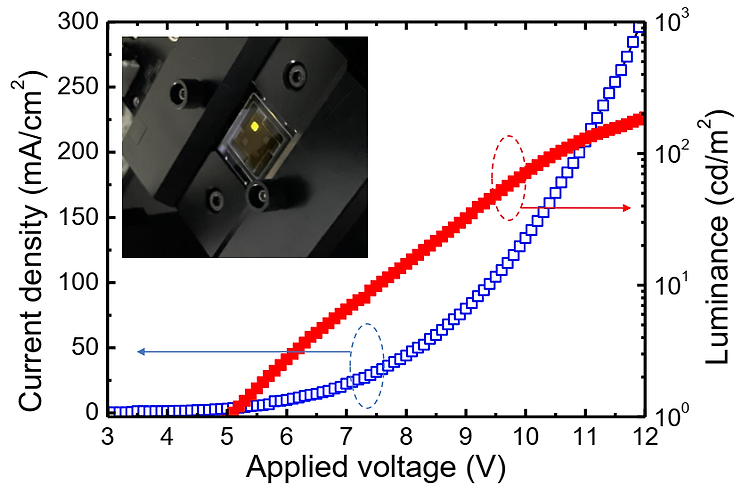For all solid state batteries (ASSBs), 3D current collector based on C-CNT nanocomposites has been highlighted in lots of Korean newspapers. This work can be found in Journal of Materials Chemistry A. Thanks Sejung and Boeun for their efforts in this research. C-CNTs will become the key player in ASSBs as well as conventional LiBs. Please keep watching our achievement !! https://n.news.naver.com..









